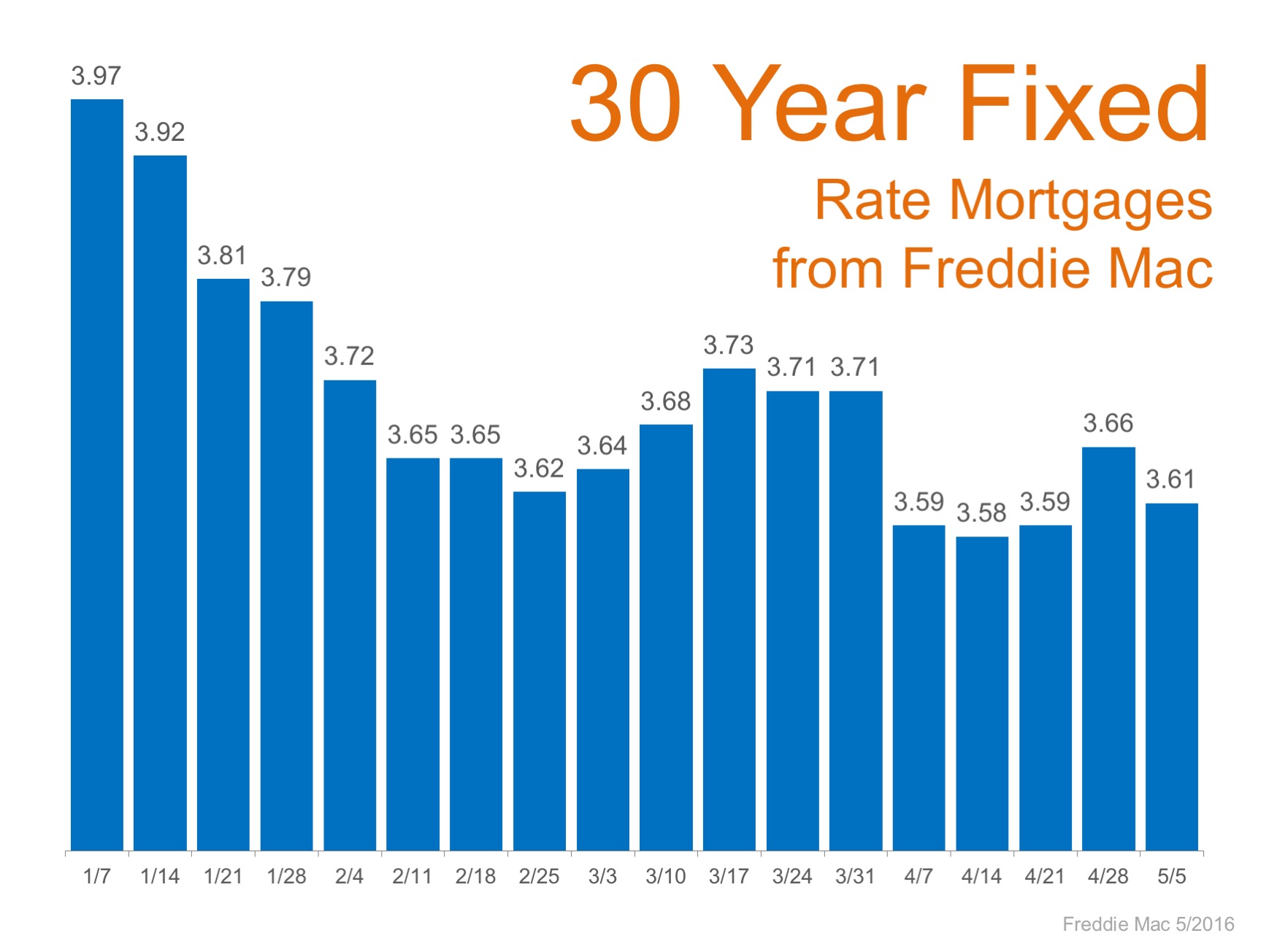
With Thanksgiving only three weeks away, many families are using the time from now to Thanksgiving Day to clean their home for guests, gather their recipes, and purchase ingredients. However, when hosting family and friends for Thanksgiving, it is crucial to be prepared for an assortment of issues that may arise. After all, there’s more to the holiday than just eating turkey and watching Football, and taking the necessary precautions can alleviate stress and ensure that guests have a memorable Thanksgiving holiday!
Before Guests Arrive
Evaluate All Appliances:
-Make sure that all appliances you are planning to use on Thanksgiving are in working order to avoid any malfunctions when preparing Thanksgiving dinner.
-Research the life expectancy of your most used appliances. Replace or fix any that may pose a threat.
Don’t use your oven’s self-clean cycle in the week before Thanksgiving, as it can be stressful on the appliance. Instead, use damp cloths to clean it to avoid a last minute break down.
-Check your oven’s temperature gauge. Place a thermometer on the middle rack, set the oven temperature, and when it heats up, verify that the temperatures match. If they don’t, make necessary repairs.
-Put less stress on yourself and your oven by using alternative appliances for side dishes, such as a microwave, toaster oven, crock pot, or grill. If there are no alternative options, ask your guests to bring a side with them.
Perform Basic Cleaning and Maintenance:
-Refrigerator: Clean condenser coils in the fridge with a coil brush, wipe down interior and door gaskets with baking soda and water, apply a thin layer of petroleum jelly to gasket at hinge, clean the water and ice dispenser and soak the spill shelf in vinegar. Clear out old food to make room for leftovers.
-Dishwasher: For stainless steel tubs, run potscrubber cycle without dishes or detergent for 15 to 20 minutes. Then, interrupt the cycle and pour two cups of white vinegar to the bottom of the dishwasher. Close the dishwasher, and complete the wash. For plastic tubs, fill the detergent cup with three to four ounces of citric acid crystals and run the normal wash cycle. Follow up with a second wash cycle and include detergent.
-Microwave: Heat up one cup of water for three minutes on full power, and let it stand for five minutes after it is finished to allow the steam to soften the food. Then, wipe up the caked on food!
-Pantry: Organize and remove old food, spices, etc. not only to make sure you have enough room to store ingredients for the meal and other miscellaneous supplies, but also so that you don’t ruin the food with outdated, poor tasting spices.
-Overall: Tidy up bedrooms, bathrooms, and common areas that will accommodate your guests. In addition, make sure your home, especially your kitchen, is safe. Put household cleaners, sharp objects, lighters, and other harmful objects where they belong. Unplug appliances that aren’t being used, and wrap up the cord. If children are present, use backburners of the stove as much as possible, cover electrical outlets, or invest in a child safety gate to keep them out of harm’s way if necessary.
Take Inventory and Create a Detailed Grocery List:
-Food: Organize the recipes that you plan to use in one book, and write a detailed list of ingredients you will need for each recipe. Look through your pantry, fridge, and freezer, and cross the items that you already have off your grocery list. Remember to check the expiration dates of all food products and spices, and replace expired items as needed.
-Cleaning Supplies: Make sure to have a full supply of cleaning products on hand in case any accidents occur. This includes laundry detergent, carpet cleaner, dish soap, kitchen and bathroom cleaner, etc., baking soda, non bleach detergent, ammonia, bleach, rubbing alcohol, hydrogen peroxide, club soda, lemon juice, etc.
-Cookware and Utensils: Look through your cabinets and determine if you have enough Tupperware containers, plates, spoons, forks, knives, bowls, pots, and pans necessary to cook each meal, store leftovers, and accommodate each guest. Repair or replace any broken items that you need to use, retrieve items that you loaned out but were never returned, and sharpen dull knives.
-Seating and Eating Space: As soon as you have a head count on the number of guests you can expect on Thanksgiving, inventory your tables and chairs to make sure that they all have a place to sit and eat! If necessary, rent or buy tables and chairs, and repair defected items. Also, consider other tables, chairs, and household items throughout your home, and see if there is a way to convert them to temporary eating spaces.
-Storage: Before guests arrive, make sure any large scale projects in the kitchen are complete and do not occupy needed space. If applicable, create more room by adding temporary storage, such as a rolling island or mini fridge, or improvise with what you have, and use spaces such as the laundry room to store food and supplies.
-Prepare a Detailed Grocery List: Aside from food, spices, cleaning supplies, cookware and utensils, etc. there are other essential items that you don’t want to forget at the store, including garbage bags, aluminum foil, plastic wrap, coffee filters, batteries, etc.
-Make a note of store hours so last minute supplies can be purchased if needed.
Prepare Guest Rooms:
-If the rooms have not been used very often it may be helpful to change sheets.
-Check to make sure ample towels are in guests bathrooms (2 per person).
-Update toiletry items by ensuring lotions, etc. are still in date.
-Replace batteries as needed in clock radios, etc.
-Ask guest ahead of time if they have any special needs and prepare accordingly.
Thanksgiving Day Cleaning Tips:
Garbage Disposal:
-Remove build up in your garbage disposal by grinding harder items, such as fruit pits, ice, or small bones, that scrape the inside of the disposal and pipes before grinding any other foods.
-Flush food waste through the plumbing system and prevent debris from settling in pipes by running cold water for 30 seconds before and after each use.
-Throw away non-food items, grease, and fat that can clog the disposal.
-Take your time when cleaning up.
Dishes:
-Set up stations of plastic tubs, and fill them with soapy, lukewarm water. When you run out of room in the dishwasher, place dishes in the tubs until you can clean them or run another cycle through the dishwasher.
-Line baking dishes and pans with foil before you start preparing the food. Then, when you are finished and remove the foil, the dish will be nearly spotless and require minimal cleaning!
Then sit back and enjoy the time with your family and friends.


![Home Prices Up 5.67% Across The Country! [INFOGRAPHIC] | MyKCM](http://s3.amazonaws.com/kcmmedia/2016/06/06105315/20160610-STM-ENG-1046x1600.jpg)
















 When thinking about retirement, choosing a location can be an overwhelming decision. How do you narrow down the choices? The very best place to retire for you might be on a beach…or in the mountains…or near family…or in the same house you’ve lived in for years. It’s a personal decision that no one else can make for you. However, if you haven’t already settled on a retirement destination, an objective analysis of your options can help narrow your search.
When thinking about retirement, choosing a location can be an overwhelming decision. How do you narrow down the choices? The very best place to retire for you might be on a beach…or in the mountains…or near family…or in the same house you’ve lived in for years. It’s a personal decision that no one else can make for you. However, if you haven’t already settled on a retirement destination, an objective analysis of your options can help narrow your search.